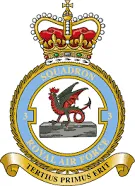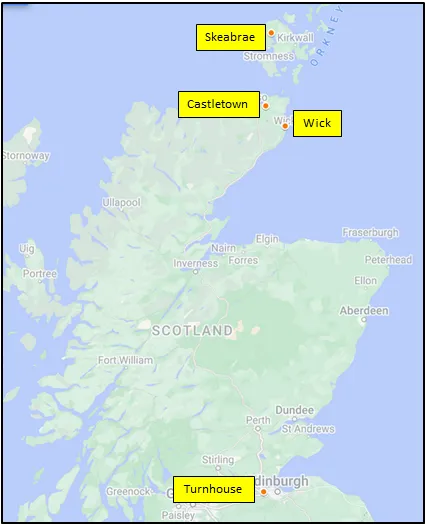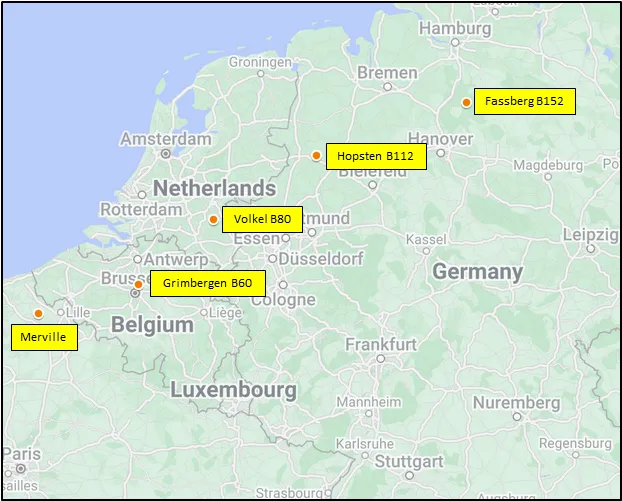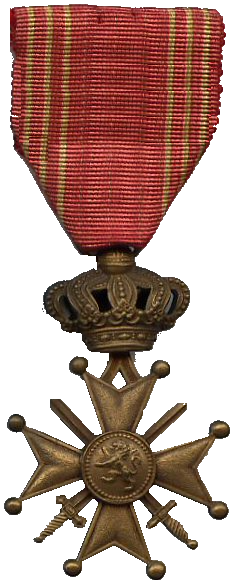3 Sqn Tertius Primus Erit (x)
History of the Squadron during World War II (Aircraft: Hurricane I, IIb, IIc, Typhoon Ib, Tempest V)

No. 3 Squadron is the oldest squadron in the RAF, Having been formed on 13th May 1912. It served through out World War I. It served in fighter and ground attack roles. Between the wars, it was disbanded and reformed a number of times, flying a number of different types of aircraft. Before the start of the Second World War No 3 Squadron was posted as part of Fighter Command to RAF Station Biggin Hill and equipped with the Hawker Hurricane Mk I. On the outbreak of war, it moved to Croydon, then to Hawkinge and Kenley. It was not in action until May, 1940, when it was briefly deployed to Merville, France as part of 63 Wing in support of the British Expeditionary Force following the German attack on the West. It was forced to withdraw after 10 days, having claimed 60 German aircraft for the loss of 21 of its own. Once back up to strength, No. 3 Squadron was used from May 1940 to April 1941 as air defence for the Royal Naval base at Scapa Flow and convoy protection, operating from Wick, Castletown and Skeabrae, remaining in Scotland until April 1941, when it moved south to RAF Martlesham Heath.
The squadron was involved in night-fighting, where it co-operated with "Turbinlite" searchlight equipped Douglas Havocs (the searchlight in the Havoc was intended to illuminate enemy aircraft so that the Hurricanes could attack them), but with no success. The Hurricane was not well equipped for night fighting. In June 1941 it moved to RAF Stapleford Tawney operating four-cannon Hurricane IIs in 'Rhubarb' attacks on defended ground targets and shipping in northern France and Belgium, flying from Stapleford Tawney and Hunsdon. It participated in the Dieppe raid, among other activities. In February 1943 it re-equipped with the Hawker Typhoon Ib for fighter-bomber and anti-shipping strikes, flying from a number of bases in SE England. It re-equipped in March 1944 with the new Hawker Tempest fighter, operating over the Normandy beach-head and against German V1 flying bombs, claiming 288 V-1s shot down.
It then deployed across the Channel, flying as part of the 2 TAF fighting through the low countries and into Germany. Amongst its pilots was F/L Pierre Clostermann, who flew with 3 Squadron from March 1945 until the end of the war in Europe
Maps for Movements of No. 3 Squadron RAF 1940-45

MAP 1: No 3 Squadron bases, Scotland May 1940-April 1941 (right-click on image to display enlarged view in new tab)
|

MAP 2: No. 3 Squadron bases, SE England April 1941-September 1944
|

MAP 3: No. 3 Squadron bases in Europe September 1944-May 1945
|





 Canadian Virtual War Memorial
Canadian Virtual War Memorial Finadagrave.com
Finadagrave.com Ripley, Ontario.
Ripley, Ontario.